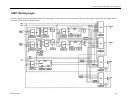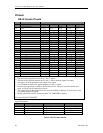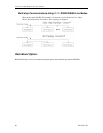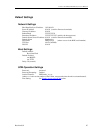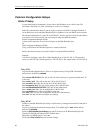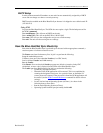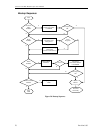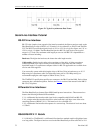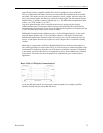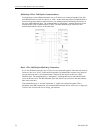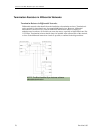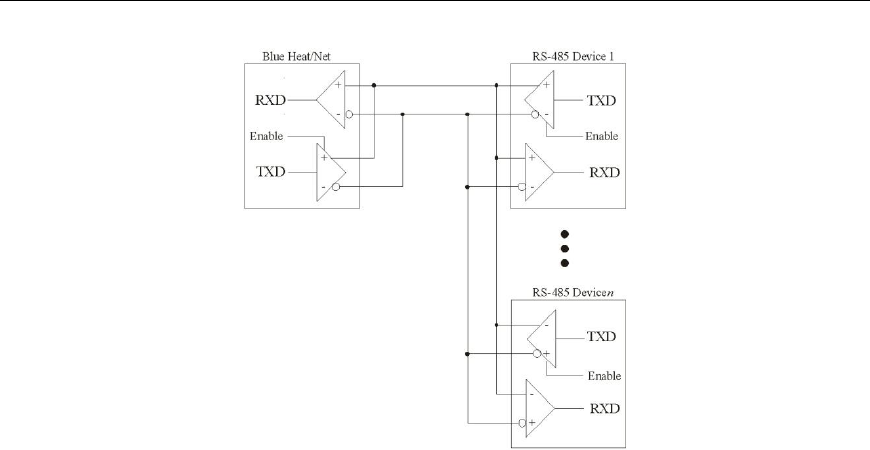
Connect Tech Blue Heat/Net Sync User Manual
Revision 0.01 75 75
Bus Contention on Differential Multi-drop Networks:
Bus contention occurs when two or more devices enabled on a bus attempt to run the bus to
opposite logic values. From the diagram above, we can see that there are multiple differential
transmitters (TXD) on the bus. To avoid the bus contention problem, the differential transmitter
features a tri-state, or high impedance mode controlled by an input pin (enable). Software and
hardware in the Blue Heat/Net Sync and the differential devices will always place its transmitter
into the high impedance mode when not transmitting. This feature is managed by the Blue
Heat/Net Sync and is fully transparent to your application.
For example, in a multi-drop network, the differential transmitter is enabled prior to the master
initiating transmission. When transmission is complete, the transmitter is placed in high
impedance mode. Each slave will receive that transmission from the master. (A protocol must be
in place to address, or select, the desired slave device, but that discussion is beyond the
intentions of this tutorial, and is entirely application dependent). When the slave device has
received the data, it will respond by enabling its transmitter and transmitting data onto the bus,
then placing its transmitter into high impedance mode, just as the master did.



